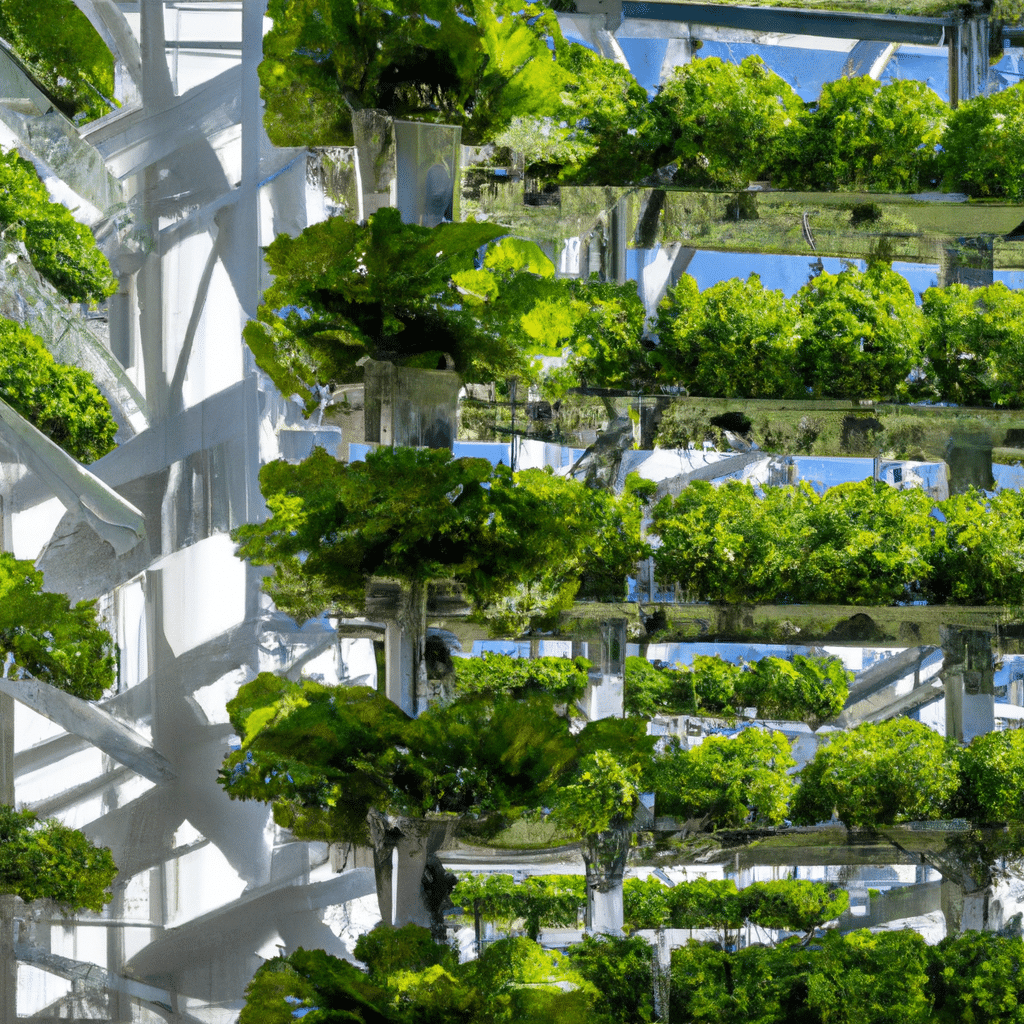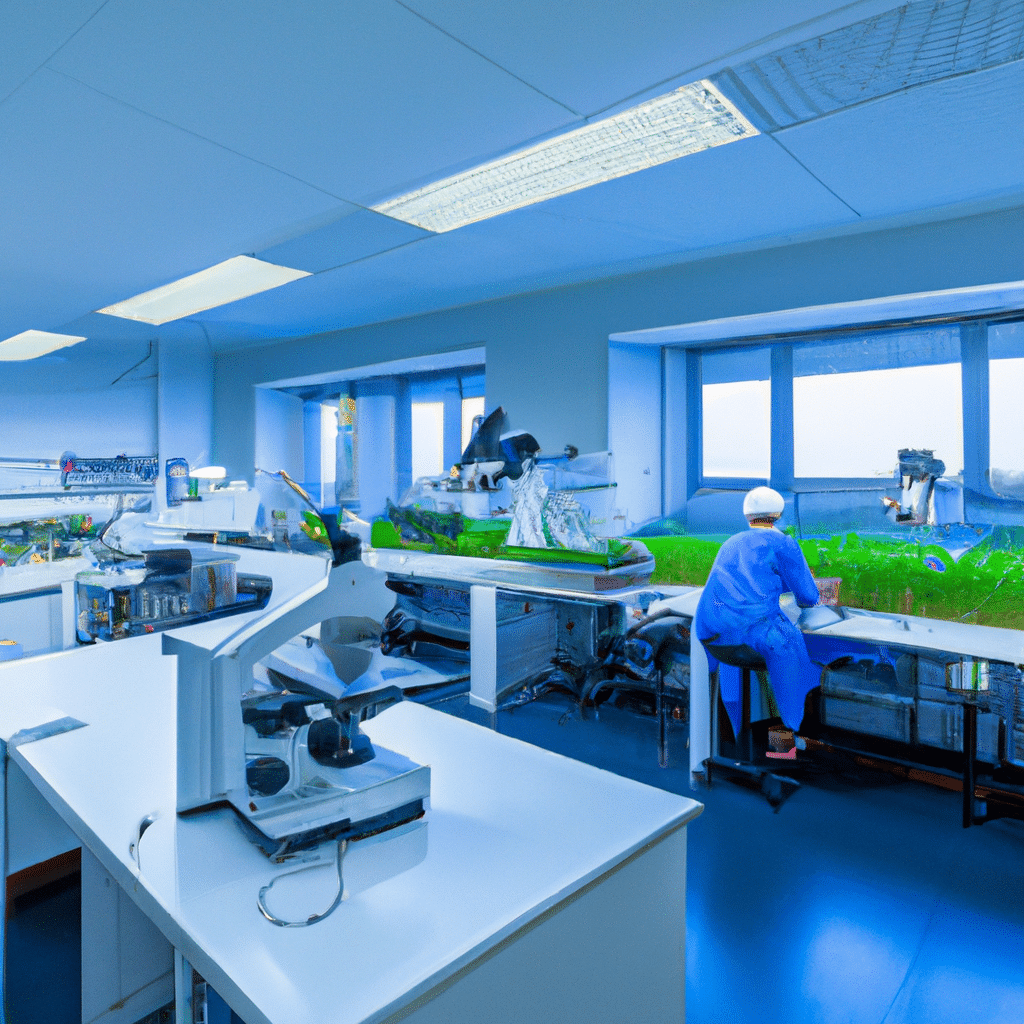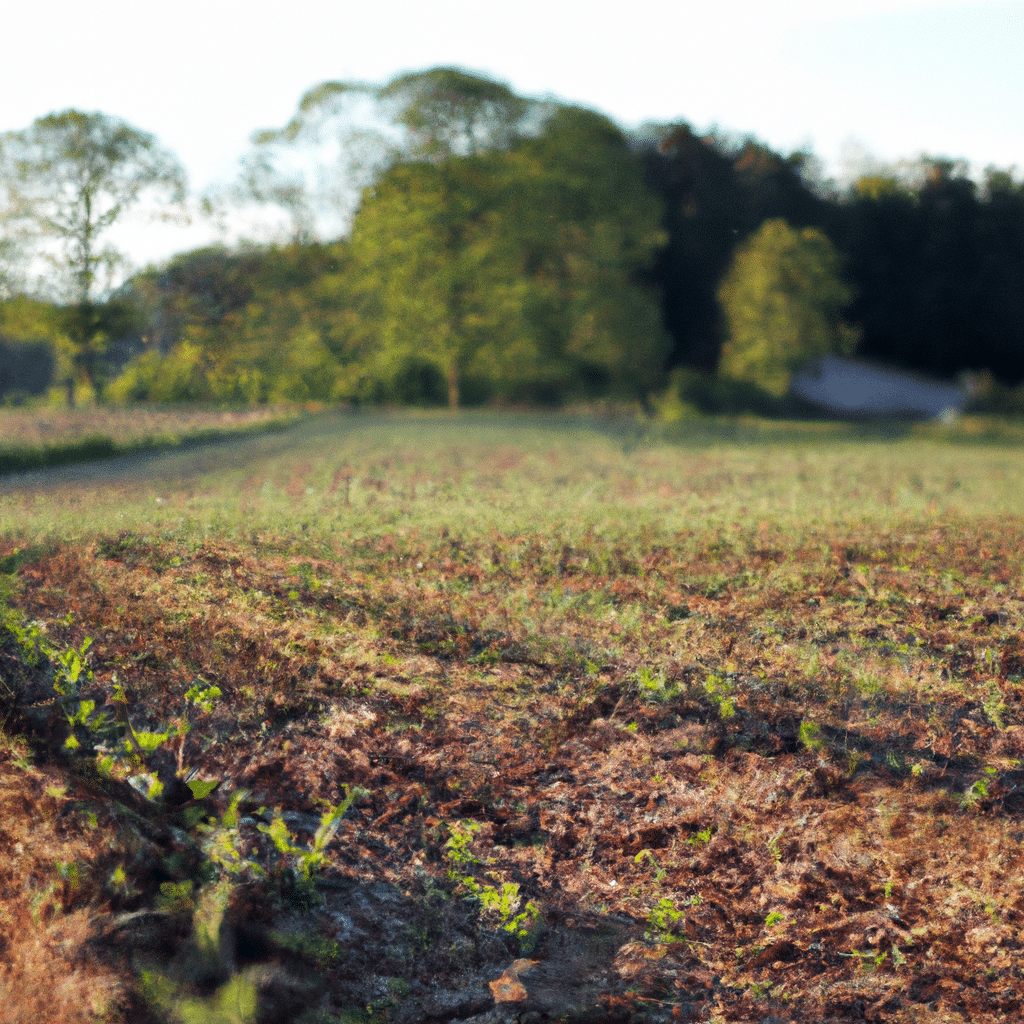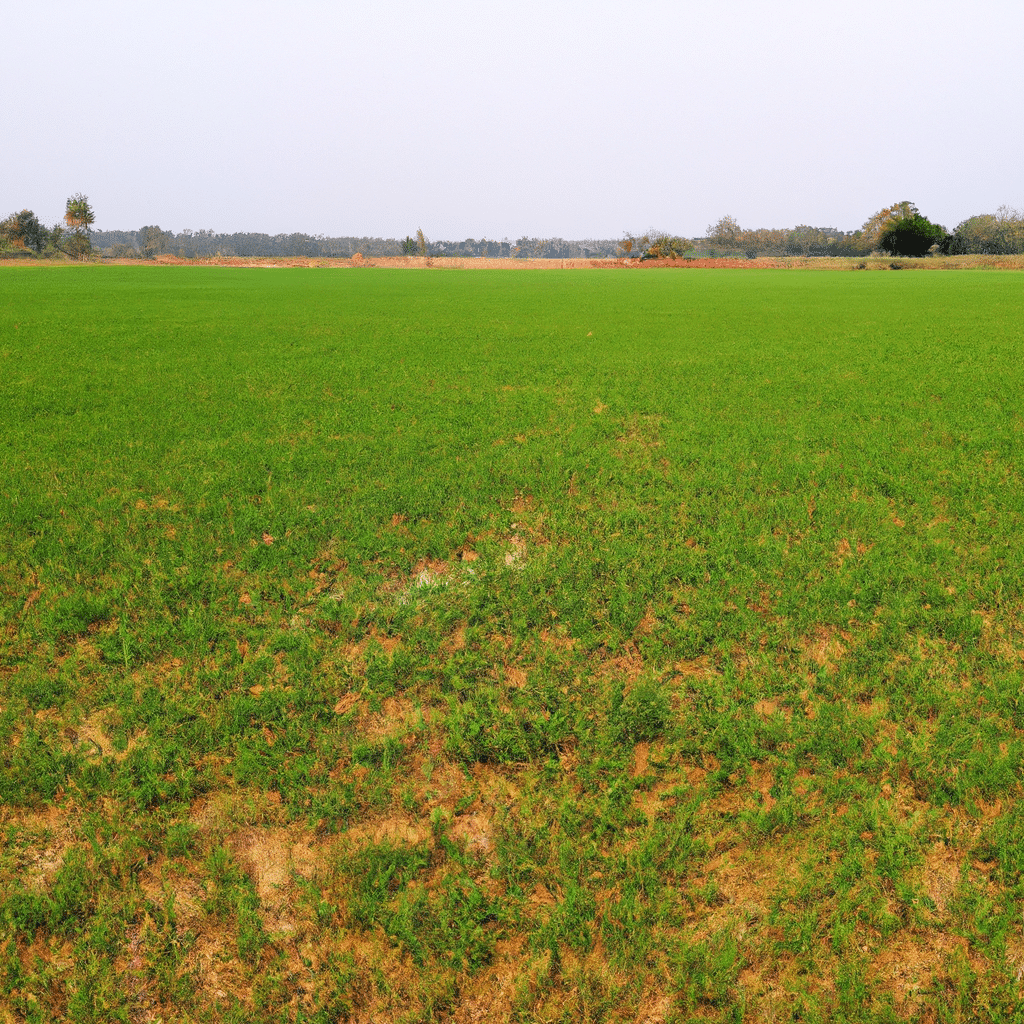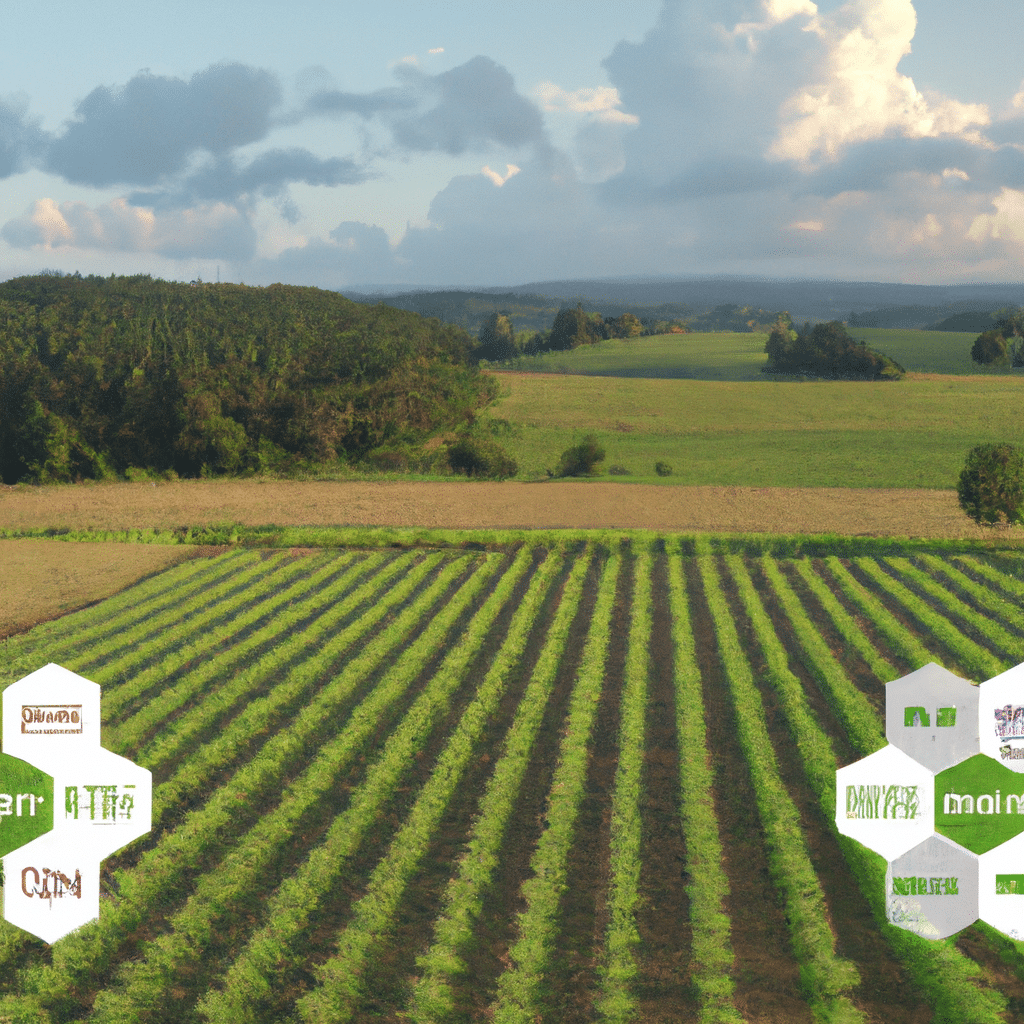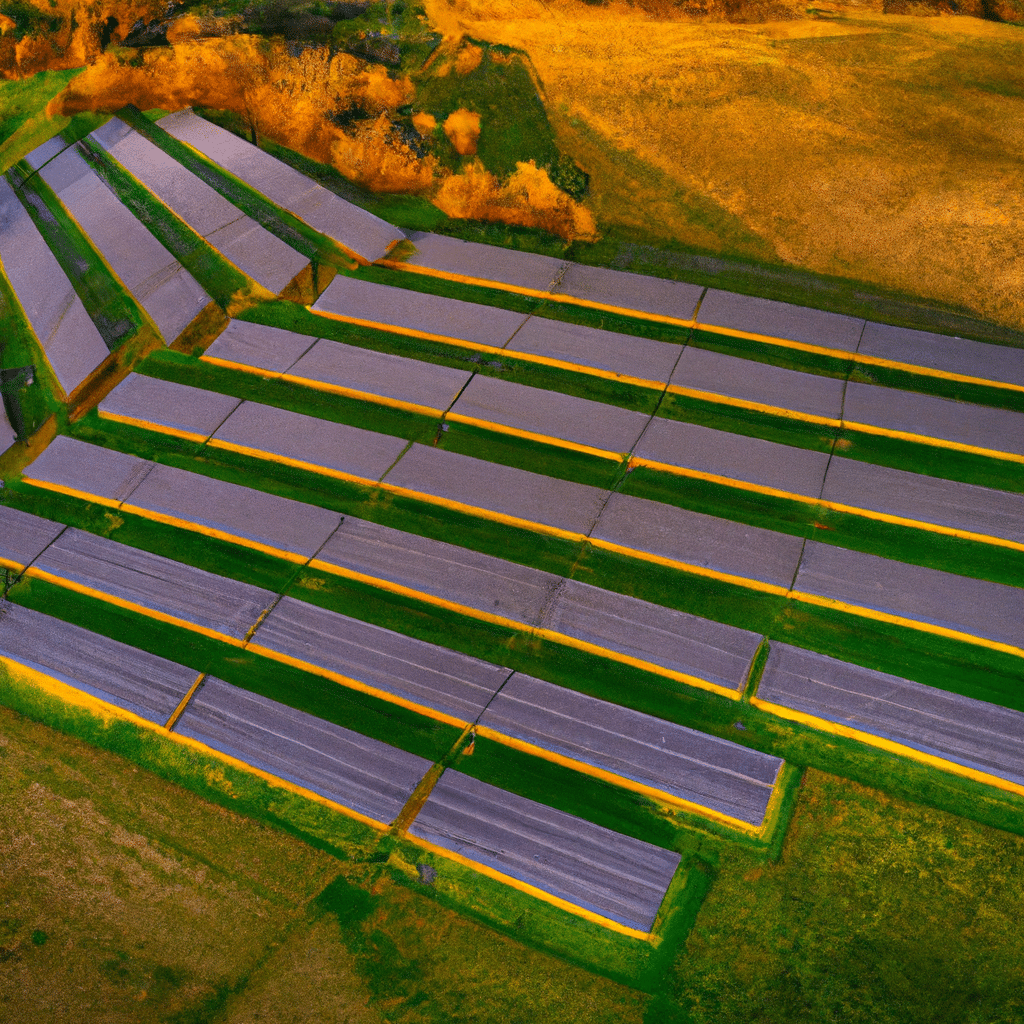In recent years, there has been a growing concern about the long-term sustainability of conventional farming practices. The excessive use of synthetic fertilizers, pesticides, and intensive tilling has led to soil degradation, loss of biodiversity, and increased greenhouse gas emissions. However, a promising solution known as regenerative agriculture has emerged to address these challenges. By adopting regenerative practices, farmers can restore soil health, enhance biodiversity, and contribute to a more sustainable and resilient food system. In this article, we will explore the principles and benefits of regenerative agriculture, and how it can revolutionize the future of farming.
What is Regenerative Agriculture?
Regenerative agriculture is an approach that goes beyond sustainable farming. It focuses on the restoration and improvement of soil health, rather than simply maintaining it. The core principles of regenerative agriculture include:
- No-till or reduced tillage: Unlike conventional farming, regenerative agriculture minimizes soil disturbance by reducing or eliminating tilling. This helps preserve soil structure, prevent erosion, and retain moisture.
- Cover cropping: Cover crops, such as legumes or grasses, are planted between cash crops to protect the soil from erosion and nutrient leaching. They also enhance soil fertility by fixing nitrogen and adding organic matter.
- Crop rotation: Regularly rotating crops helps break pest and disease cycles, improves soil structure, and reduces the need for chemical inputs. It also diversifies the farm ecosystem, promoting beneficial insects and wildlife.
- Composting and organic matter: Regenerative farmers prioritize the addition of organic matter, such as compost and manure, to enhance soil fertility. This promotes nutrient cycling and improves soil structure, water-holding capacity, and microbial activity.
- Conservation of biodiversity: By preserving and enhancing biodiversity on the farm, regenerative agriculture fosters a balanced ecosystem. This includes protecting native plants, wildlife habitats, and beneficial insects that contribute to pest control.
- Integration of livestock: Integrating livestock into the farming system allows for nutrient cycling, as they graze on cover crops or contribute to manure production. This helps improve soil fertility and reduces the need for synthetic fertilizers.
The Benefits of Regenerative Agriculture
1. Restoring Soil Health
One of the primary goals of regenerative agriculture is to restore and improve soil health. By adopting practices like cover cropping, crop rotation, and composting, farmers can rebuild soil structure, increase organic matter content, and enhance nutrient cycling. Healthy soils are more resilient to droughts and floods, and have better water-holding capacity, reducing the need for irrigation. They also support beneficial soil microorganisms, which contribute to plant health and nutrient availability.
2. Mitigating Climate Change
Regenerative agriculture has the potential to play a significant role in mitigating climate change. Healthy soils act as carbon sinks, sequestering atmospheric carbon dioxide and reducing greenhouse gas emissions. By minimizing tillage and incorporating organic matter, regenerative practices enhance carbon sequestration in the soil. Additionally, the reduction in synthetic fertilizer use and more efficient nutrient cycling contribute to lower emissions of nitrous oxide, a potent greenhouse gas.
3. Enhancing Biodiversity
Conventional farming practices often lead to a decline in biodiversity, as monocropping and pesticide use disrupt natural ecosystems. In contrast, regenerative agriculture promotes the conservation of biodiversity through practices like cover cropping, crop rotation, and the integration of livestock. By providing habitats for beneficial insects, birds, and other wildlife, regenerative farms create a more balanced and resilient ecosystem.
4. Improving Water Quality
The adoption of regenerative practices can significantly improve water quality. By reducing chemical inputs and erosion, regenerative agriculture minimizes the runoff of pollutants into water bodies. Furthermore, the increased organic matter content in the soil enhances water infiltration and reduces the risk of water contamination. This benefits not only the farm itself but also downstream communities and ecosystems.
5. Economic Resilience
Regenerative agriculture offers economic benefits for farmers as well. By reducing the reliance on synthetic inputs, farmers can lower production costs and increase profitability. Additionally, the diversification of crops and integration of livestock can provide alternative revenue streams. Regenerative practices also enhance soil fertility, leading to higher crop yields and long-term productivity.
The Future of Farming: Embracing Regenerative Agriculture
As the world faces increasing challenges related to food security, climate change, and environmental degradation, regenerative agriculture offers a promising pathway towards a sustainable future. By focusing on soil health, biodiversity conservation, and climate mitigation, regenerative practices can transform the way we produce food.
To fully embrace regenerative agriculture, farmers need support from policymakers, consumers, and the agricultural industry as a whole. Financial incentives, technical assistance, and educational programs can encourage the adoption of regenerative practices. Consumers can also play a crucial role by demanding sustainably produced food and supporting farmers who prioritize regenerative agriculture.
In conclusion, regenerative agriculture holds immense potential to restore soil health, mitigate climate change, and promote biodiversity. By transitioning towards regenerative practices, farmers can create a more resilient and sustainable food system. Let us embrace the power of regenerative agriculture and pave the way for a greener and healthier future for all.



